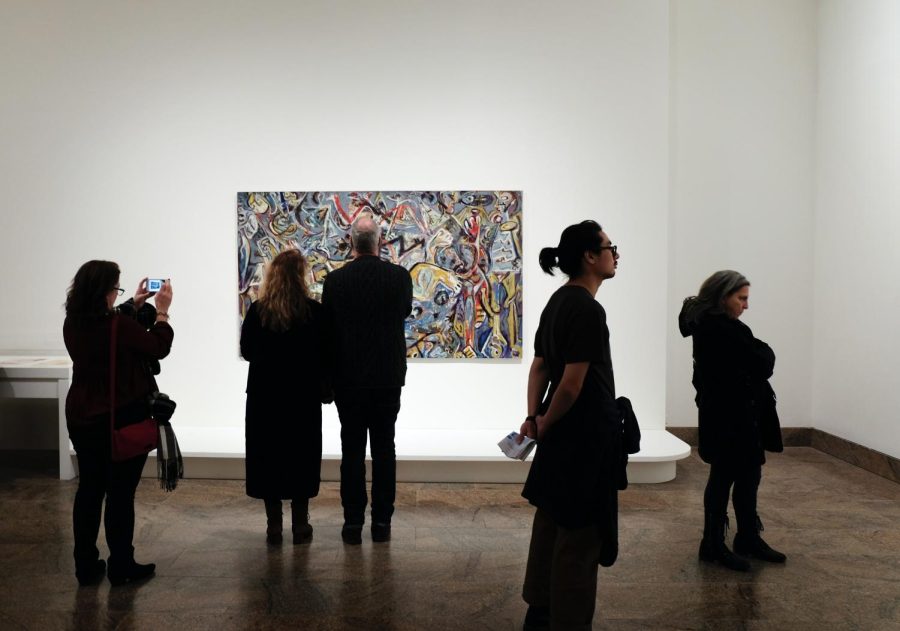Thieves are stealing the show — and all the art in it
UNSPLASH PHOTO COURTESY OF Jessica Pamp
Art theft has increased in popularity in recent years with robbers stealing pieces from various museums. https://unsplash.com/license
June 16, 2022
Two police officers investigating a disturbance approached the Isabella Stewart Gardner Museum in Boston and rang the buzzer. A museum guard let them in. He quickly realized, however, that they weren’t police officers at all — they were art thieves who were about to commit the largest art heist in history.
Art heists are perhaps one of the most notorious crimes to pull off. They are seemingly difficult to carry out successfully, and their consequences are hefty. But with great risk comes great reward: on average, between $4 and $6 billion worth of art is stolen each year, according to the Federal Bureau of Investigation.
But how is such a business profitable? The answer lies within the art world itself: famous pieces of art are expensive and there are only a few people wealthy enough to purchase them.
One way that swindlers can make money is on a commission from a private collector. The thief and the collector have a mutual agreement in which the thief sells the artwork directly to the collector, and so there is much less of a risk in the process. The only downside is that collectors often won’t offer the full value of the artwork, due to the risk of buying it. Nonetheless, it is a safer route, and is why stealing on commission is quite popular among art thieves.
There are a couple of other options, such as handing over the painting to the company that insures it, but the successfulness of the undertaking is determined by the burglars themselves.
Thieves either steal the artwork and don’t know what to do with it, or they come up with a strategy and a laid-out idea of how they plan to sell the art that they have stolen.
Some thieves, however, steal pieces they can’t sell, namely works of art which are famous or celebrated. As a consequence, stealing well-known pieces is often called a “crime of opportunity.” Thieves who steal in this way may not have established networks to take the art off of their hands. Because of this, the artwork is sometimes stashed away for years without any buyers, which might be the case at the Isabella Stewart Gardner Museum, according to its director of security in an interview with NBC.
As a result, more experienced robbers find it optimal to steal expensive but lesser-known works. There is not as much publicity that comes with these compositions, so they are much easier to sell.
Many thieves have been successful, and many have been caught. There are entire departments of investigators dedicated to art theft, such as the FBI Art Crime Team and the New York Police Department Special Fraud Squad. These teams were created because art is an important part not only of museums, but of our own cultural heritage.
At the Gardner Museum, none of the works of art that were stolen were ever recovered. The art lost included Rembrandt’s only seascape, The Storm on the Sea of Galilee, and Vermeer’s The Concert. The total haul was valued at over $500 million, and a $10 million reward is being offered for any information leading to the whereabouts of the missing art.




